![]()
![]()
![]()
Use LEFT and RIGHT arrow keys to navigate between flashcards;
Use UP and DOWN arrow keys to flip the card;
H to show hint;
A reads text to speech;
10 Cards in this Set
- Front
- Back
- 3rd side (hint)
|
Germicides
|

Agents that destroy pathogenic organisms
|
|
|
|
Antiseptics
|
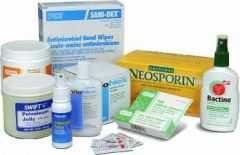
Substances that inhibit the growth of microorganisms on living tissue
|
e.g., alcohol and povidoneiodine solution [Betadine].
|
|
|
Vectors
|
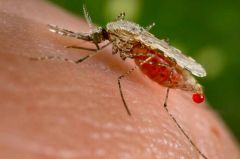
Animals or insects that transmit the causative organisms of disease.
|
e.g., ticks
|
|
|
Spores
|
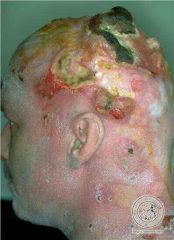
A thick-walled, dormant form of bacteria that is very resistant to disinfection measures.
|
|
|
|
Remission
|
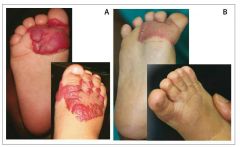
The partial or complete disappearance of the clinical and subjective characteristics of a chronic or malignant disease.
|
|
|
|
The Chain Of Infection
|
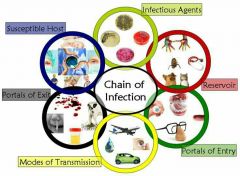
|
|
|
|
Reservoir host
|
• Second link in chain of infection
• May be people, insects, animals, water, food, or contaminated instruments. • Must gain entrance in a host or else will die. • Reservoir host nutrition supplies for the organism, allowing it to multiply. |
|
|
|
Disinfection
|
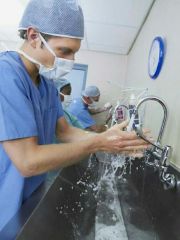
• The process of killing pathogenic organisms or of rendering them inactive.
• Not always effective against spores, the tuberculosis bacilli, and certain viruses. • Very difficult to verify, because no convenient indicators ensure destruction of organisms. |
|
|
|
Sterilization
|
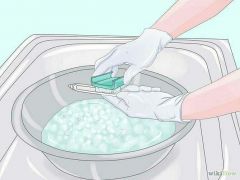
The destruction of all microorganisms
|
Essential for surgical asepsis
|
|
|
Asepsis
|

Freedom from infection or infectious material.
|
|

